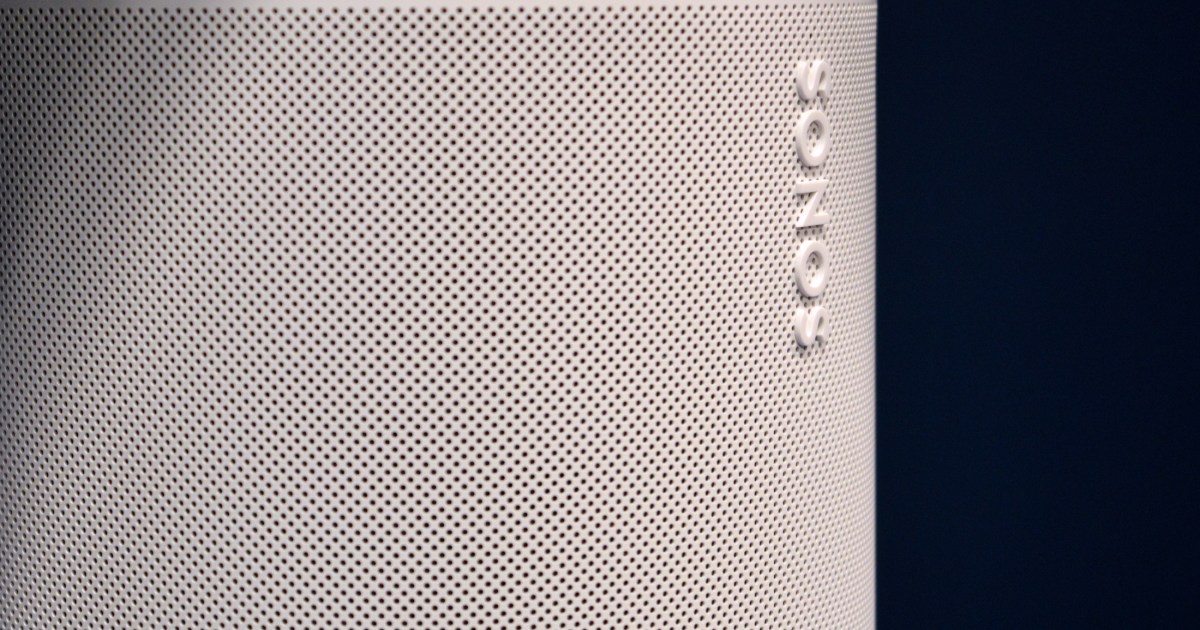
It can be hard for brands to admit when they’ve got something wrong—especially when they’ve spent time, money, and customers’ trust in the message. But taking a sober second look at a previous strategy, especially when clients tell you it’s not what they wanted, can be a necessary, if painful, step.
This is where Sonos finds itself today. With the launch of the company’s newest wireless speakers—the $249 Era 100 and $449 Era 300—many prior beliefs about what makes a great home audio experience have either been revised or nullified entirely.
Perhaps the biggest change is the rethinking of Bluetooth. In the past, Sonos has not only refused to support the wireless technology built into every smartphone on the planet — it has publicly mocked other companies’ Bluetooth speakers, most notably in a 2016 series of ads that included the slogan “You’re better than this” — a nod. To the ways that Bluetooth speakers can undermine the listening experience.
As of March 7, the company has four Bluetooth-enabled speakers, including the newly launched Era 100 and Era 300, in addition to the existing Roam and Move portable speakers. Why the change? “Bluetooth has gotten better,” Sonos CEO Patrick Spence told me at the Era launch event in New York City. “It’s becoming more ubiquitous, but also more reliable than it used to be.”
That may be true. But Sonos’ reluctance to embrace Bluetooth even long after it had proven to be a useful and reliable technology makes one suspect that there is also an ideological flavor to the company’s stance.
“We have a little bit of a religiosity over Wi-Fi versus Bluetooth,” Spence admits. He’s still a fan of Wi-Fi, the wireless technology that propelled the company to its current position as king of the whole-home multi-room audio experience, but seems willing to let go of some preconceived notions about what it means to deliver that experience. “I think you have to be humble enough to listen to customers.”
As an example of Sonos’ new humility, Spence points to the fact that the Era 100 and Era 300 have a USB-C port that can be used with the optional dongle to connect external audio sources, such as a turntable.
The Era series isn’t the first Sonos speakers to do this — it is
Sonos Five
(formerly Play:5) has analog inputs as well. But now that those three speakers make up the company’s main line of music-focused products for the home, it’s a huge shift from the days when there were almost no external inputs in the Sonos world.
Interestingly, now that Bluetooth is on the Sonos table, there might be a desire to do more than just allow Bluetooth connections to these speakers.
In 2021, the company made its first foray into better-than-CD quality audio with 24-bit/48kHz support for lossless music from streaming service Qobuz. Similar support for Amazon Music arrived later that year. So when I asked Spence if Sonos would be willing to consider higher quality Bluetooth codecs, such as LDAC or aptX Adaptive, which have much higher sound quality than the currently supported AAC and SBC, I was surprised when he said he was open to it.
There’s no religion but, he said, ‘Can we do a great experiment? Spence has some doubts about whether these codecs are reliable enough to maintain a high level of quality, but is still willing to implement them if they can be made to work. That’s all that matters.”
This willingness to revisit the way Sonos products work extends to the company’s current thinking about the new Era 300. The speaker is primarily designed to deliver an immersive music listening experience via Dolby Atmos compatible spatial sound engineering. It also works as a Dolby Atmos-enhanced surround sound amplifier when used with an Arc or Beam Gen 2, but it doesn’t play Dolby Atmos-based TV on its own or in a stereo pair.
I pointed out that both Apple and Amazon-powered smart speakers (the Echo Studio and HomePod Gen 2) act as speakers for the TV (when paired with their streaming devices) and asked if Sonos could change course. “We haven’t seen a lot of people actually use it [the HomePod] That way,” Spence said. “Most people still opt for soundbars instead.” However, like the move toward ubiquitous Bluetooth, he’s willing to let Sonos users be the arbiter. “If customers show us these are the The way they want to enjoy their home theater, we’ll figure out how to support it.”
This shift could happen sooner rather than later. He’s been thinking a lot about how to remove the HDMI cable from the company’s speakers, Spence said, “I’ve been pushing the team for a long time—I don’t want a speaker wire at all. Let’s make it easier.”
Technical hurdles remain, and again, he stresses the importance of reliability, but it’s pretty clear that Spence wants Sonos to be better than it is now.
Editors’ recommendations

“Certified food guru. Internet maven. Bacon junkie. Tv enthusiast. Avid writer. Gamer. Beeraholic.”





More Stories
Nintendo is launching a music app with themes from Mario and Zelda, and more importantly, a Wii Shop channel
The Google Pixel Tablet 3 will take another step towards replacing your laptop
Apple still excels at building the best computers